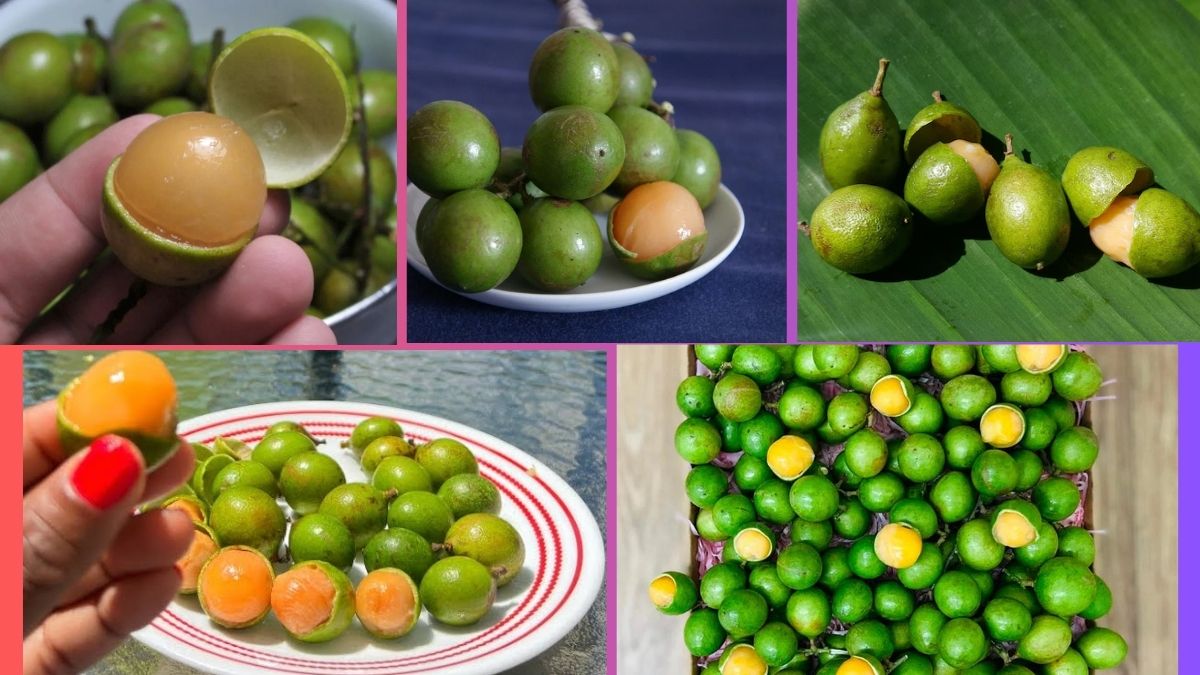Among the tropical fruits of Latin America and the Caribbean, Mamoncillo (Melicoccus bijugatus) holds a cherished place for its unique, refreshing taste and cultural popularity. Known by many names — Spanish lime, genip, guinep, quenepa, limoncillo, and skinip — this small green fruit, often confused for a lime, is prized for its juicy, sweet-tart, and slightly tangy pulp.
Despite being grown across a broad tropical belt from the Caribbean to South and Central America, one country stands as the dominant global producer of this beloved fruit: the Dominican Republic.
This article will explore the history, botanical characteristics, cultural significance, cultivation practices, global distribution, production data, and why the Dominican Republic continues to lead the world in Mamoncillo production.
What is Mamoncillo (Spanish Lime)?
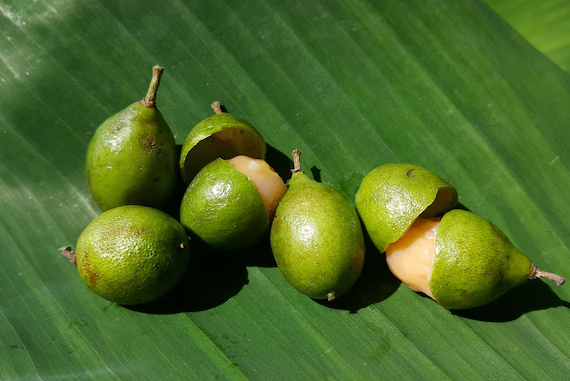
Mamoncillo is a tropical fruit tree native to northern South America and the Caribbean. The tree belongs to the Sapindaceae family, the same botanical family as lychee and longan.
It bears small, round, green fruits about the size of a ping-pong ball, with a thin, leathery skin and a gelatinous, aromatic pulp surrounding a large seed.
The pulp’s flavor can range from sweet to slightly sour, often enjoyed fresh, chilled, or in drinks and preserves.
Historical and Cultural Importance
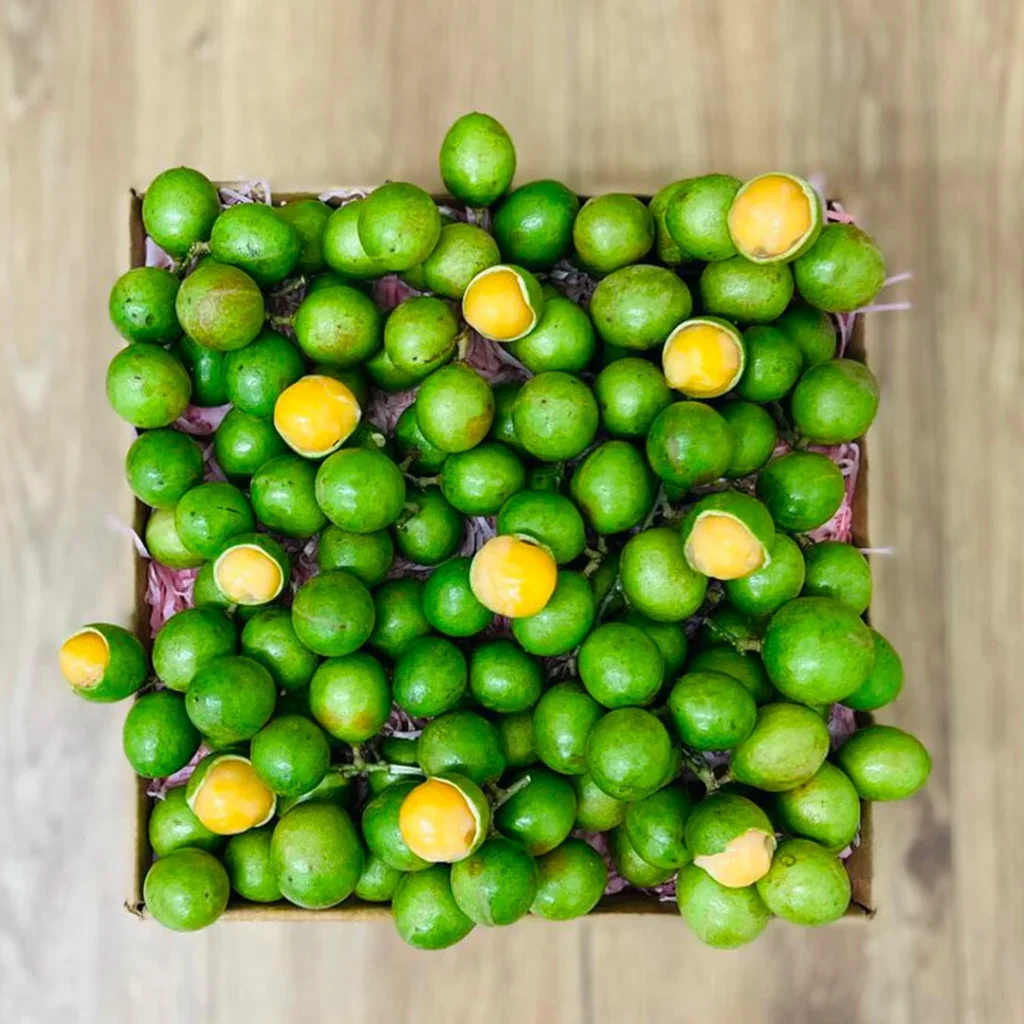
Mamoncillo has been consumed for centuries throughout the Caribbean, Central America, and parts of northern South America. Historical accounts trace its widespread cultivation to pre-Columbian Indigenous peoples of Venezuela and Colombia, who traded the fruit with Caribbean island communities.
Today, Mamoncillo remains a cultural staple across:
- The Dominican Republic
- Puerto Rico
- Jamaica
- Cuba
- Honduras
- Colombia
- Venezuela
In these regions, the fruit is celebrated during summer harvest festivals and sold by street vendors, where locals crack open the fruit by hand and savor the tangy-sweet pulp.
Where is Mamoncillo Grown Globally?
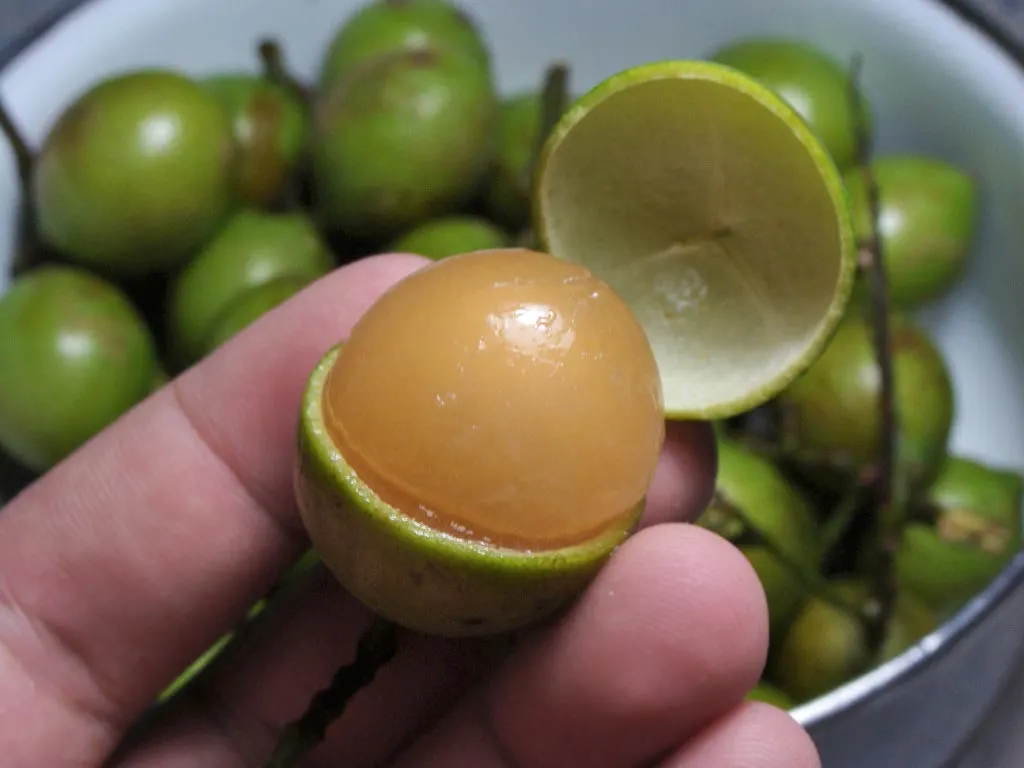
Native and Commercial Growing Regions
Mamoncillo thrives in tropical and subtropical climates with:
- Average annual temperatures between 25°C and 32°C (77°F–90°F)
- Seasonal rainfall of 1,000–2,000 mm (40–80 inches)
- Well-drained soils and moderate altitudes
The tree is native to northern South America (Colombia, Venezuela) and the Caribbean islands, but has spread across:
- Central America (Honduras, Guatemala, Panama)
- Mexico’s southern coastal regions
- Florida (small-scale cultivation)
- Parts of Africa and Southeast Asia
Despite its wide adaptability, the Dominican Republic remains the world’s largest commercial producer.
Why Is the Dominican Republic the Largest Producer?
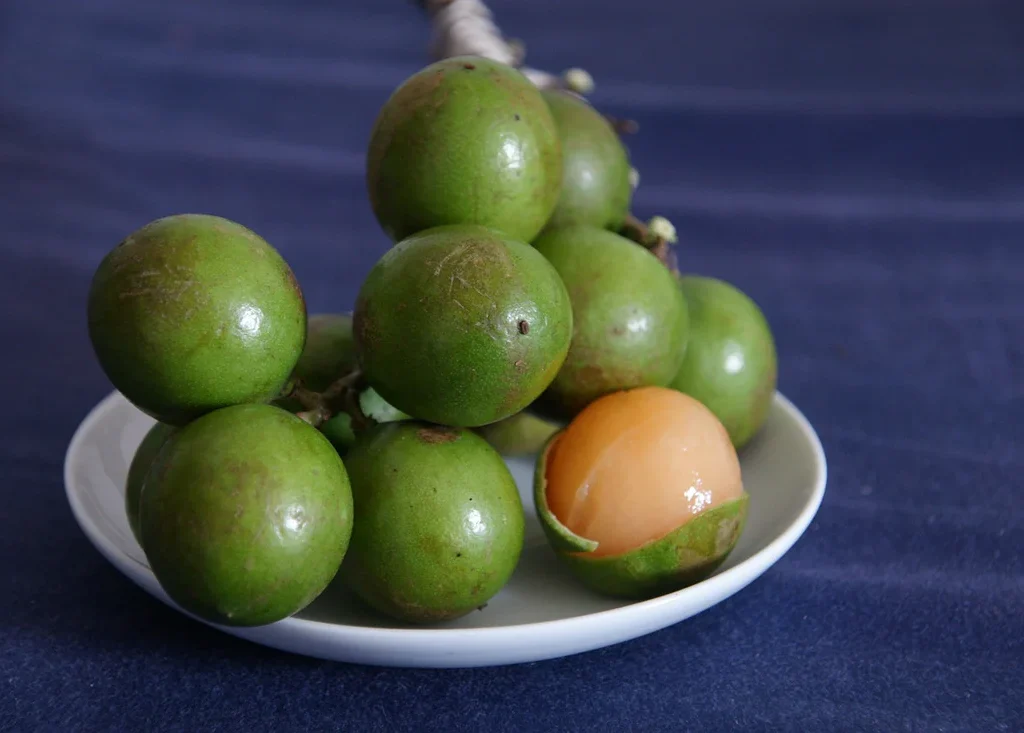
Several factors account for the Dominican Republic’s dominance in Mamoncillo production:
Ideal Climate and Growing Conditions
The Dominican Republic’s warm, humid tropical climate offers perfect conditions for Mamoncillo orchards. Coastal plains, fertile valleys, and well-distributed rainfall make it one of the most favorable environments for consistent, high-yield cultivation.
Strong Cultural Demand
Mamoncillo is a cultural institution in the Dominican Republic, especially during the summer months. Local demand is enormous, with the fruit sold in markets, on streets, and along highways. It’s consumed fresh, in juices, and sometimes as fermented drinks.
Large-Scale Orchards and Wild Populations
Unlike in other Caribbean islands where Mamoncillo trees grow primarily in backyard gardens and wild areas, the Dominican Republic boasts extensive commercial plantations, particularly in:
- Santo Domingo Province
- San Cristóbal
- La Romana
- Hato Mayor
- Monte Plata
These large-scale orchards, combined with wild-harvested fruit from uncultivated lands, give the Dominican Republic a production capacity unmatched by other countries.
Export Infrastructure
The Dominican Republic has a well-established agricultural export sector for tropical fruits, including mangoes, avocados, and bananas. This infrastructure facilitates the handling, storage, and export of Mamoncillo to markets in:
- United States
- Puerto Rico
- Europe
- Caribbean diaspora communities
Mamoncillo Production Statistics

Though precise global production data on Mamoncillo is limited (as it remains a regional specialty rather than a mainstream global commodity), agricultural reports and market surveys estimate:
- The Dominican Republic produces over 45,000–55,000 metric tonnes of Mamoncillo annually.
- This accounts for approximately 65–70% of the total global supply.
- Colombia, Venezuela, and Puerto Rico follow with much smaller harvests, largely for domestic consumption.
The Dominican Republic also leads in export volumes, particularly to the United States and Caribbean immigrant communities.
Nutritional and Health Benefits
Mamoncillo isn’t just popular for its taste — it’s also rich in nutritional value:
- High in vitamin C
- Source of calcium, phosphorus, and iron
- Rich in fiber and antioxidants
- Contains natural compounds with anti-inflammatory and antimicrobial properties
In traditional medicine across the Caribbean, Mamoncillo has been used to:
- Relieve indigestion
- Soothe sore throats
- Combat diarrhea
- Promote hydration during hot seasons
Culinary and Commercial Uses
Mamoncillo’s culinary versatility extends beyond eating the pulp fresh:
- Natural fruit juices and summer beverages
- Syrups and preserves
- Candies and ice cream flavoring
- Fermented alcoholic drinks
- Medicinal infusions from leaves and seeds
In the Dominican Republic, vendors often sell them by the bag, encouraging buyers to suck the pulp directly from the rind, discarding the seed.
Export Markets and Global Reach
As international interest in tropical and exotic fruits expands, so too does the export potential for Mamoncillo:
- The Dominican Republic exports fresh Mamoncillo primarily to the United States, where Caribbean and Latin American diaspora communities in New York, Miami, and Orlando fuel seasonal demand.
- Export volumes exceed 7,000 metric tonnes per year, with shipments typically between May and September.
Although still niche compared to mainstream tropical fruits like mango or pineapple, Mamoncillo enjoys rising popularity in ethnic specialty markets and health food sectors.
Conclusion
To conclusively answer the thesis question:
The Dominican Republic is, by a wide margin, the largest Mamoncillo (Spanish lime) producer globally.
Thanks to its:
- Ideal tropical growing conditions
- Extensive commercial and wild Mamoncillo orchards
- Cultural reverence and domestic demand
- Established agricultural export infrastructure
the Dominican Republic leads both in total production and export capacity for Mamoncillo.
While other producers like Colombia, Venezuela, and Puerto Rico contribute to regional supply, they primarily serve local markets and do not match the Dominican Republic’s scale.
As global interest in tropical fruits, natural superfoods, and ethnic culinary traditions grows, the Dominican Republic’s leadership in Mamoncillo production is set to endure — offering opportunities for expanded exports, value-added products, and cultural promotion for years to come.
